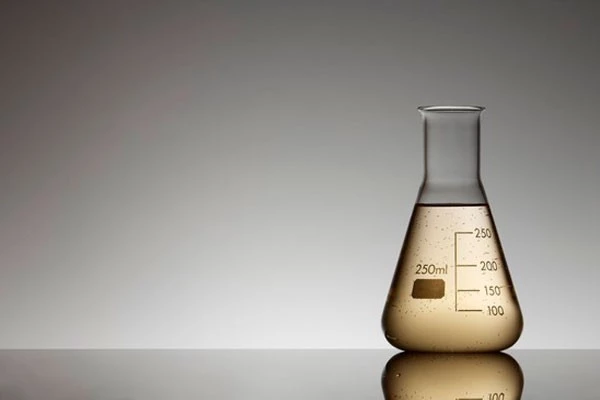Evaluating The Production, Functions And Safety Of Polysorbate 80

Also known as Tween 80 or Poly 80, Polysorbate 80 is a non-ionic emulsifier, surfactant and solubilizer used in a wide range of cosmetics and personal care products. It is used with other additives and water and oil based ingredients. It is insoluble in oils but soluble in water and alcohol. You can use it in oil in water body washes, lotions, lip gloss, hair cream, dispersing bath oils, scrubs, shampoos, bath bombs and body sprays/linen sprays.
Production
It is produced by the ethoxylation of the dehydrated form of sorbitol known as sorbitan. Sorbitol is a sugar alcohol naturally obtained from some fruits. Ethoxylation is the process of adding ethylene oxide to a substrate. In this case, the substrate is sorbitan. This substrate reacts with 80 units of ethylene oxide. This is the reason why the name of the ingredient “polysorbate 80” contains the number 80. In the end, one oleic acid group esterified as hydrophobic tail is added. The result is polysorbate 80, a water-soluble viscous yellow liquid.
In addition to cosmetics, this ingredient is used in many other industries such as food, textile, drug, and metalworking.
Functions
The cosmetic industry uses it in cosmetics and personal care products as a solubilizer, emulsifier and surfactant. As it is a non-ionic surfactant, polysorbate 80 has a neutral charge. As a surfactant, it lowers the surface tension between a liquid and a solid or two liquids.
The one end of a surfactant molecule is hydrophilic and another end is lipophilic. The former is attracted to water and the latter is attracted to oil. This is how a surfactant gets its ability to attract and suspend oil and impurities such as dirt accumulated on the skin. These properties make the ingredient suitable for many cleansers and body washes.
As an emulsifier, it has an HLB (Hydrophile-Lipophile Balance) value of 15. HLB is an empirical expression representing the relationship of lipophilic and hydrophilic groups of a surfactant. A substance soluble in water has HLB value greater than 10. Formulations containing water and oil components use polysorbate 80 as an emulsifier. Oil and water when mixed together create a dispersion of oil droplets. However, when left to settle, these two phases can separate.
So, polysorbate 80 is added as an emulsifier to the system. It ensures that the droplets remain dispersed. It improves the consistency of the cosmetic or personal care product. As a result, topical skin care benefits are distributed evenly.
As a solubilizer, Polysorbate 80 comes with hydrophilic characteristics. You can create different types of water-in-oil and oil-in-water emulsion systems by combining it with a variety of other hydrophobic emulsifiers. You can use it individually as well as a solubilizer for essential oils. You can use it as a viscosity modifier, wetting agent, stabilizer, anti-static agent and dispersing agent as well. It is also used for improving the rinse off of cleansing oil and anhydrous scrubs.
Safety
According to the FDA, you can directly add polysorbate to food as multipurpose additives or adjuvants of flavoring agents. The FDA has also approved it as an ophthalmic demulcent. So, you can use it in over-the-counter ophthalmic drugs.
The Cosmetic Ingredient Review Expert Panel has assessed the safety of this ingredient. After evaluating the scientific data, the panel found that it is a safe cosmetic ingredient. However, this ingredient contains ethylene oxide which causes concerns.
However, it is approved by the FDA and found safe by The Cosmetic Ingredient Review Expert Panel. Moreover, it is non-irritating and environmentally readily biodegradable. This is the reason why it is used in cosmetic and personal care products. It is also safe for a wide range of other industries.








